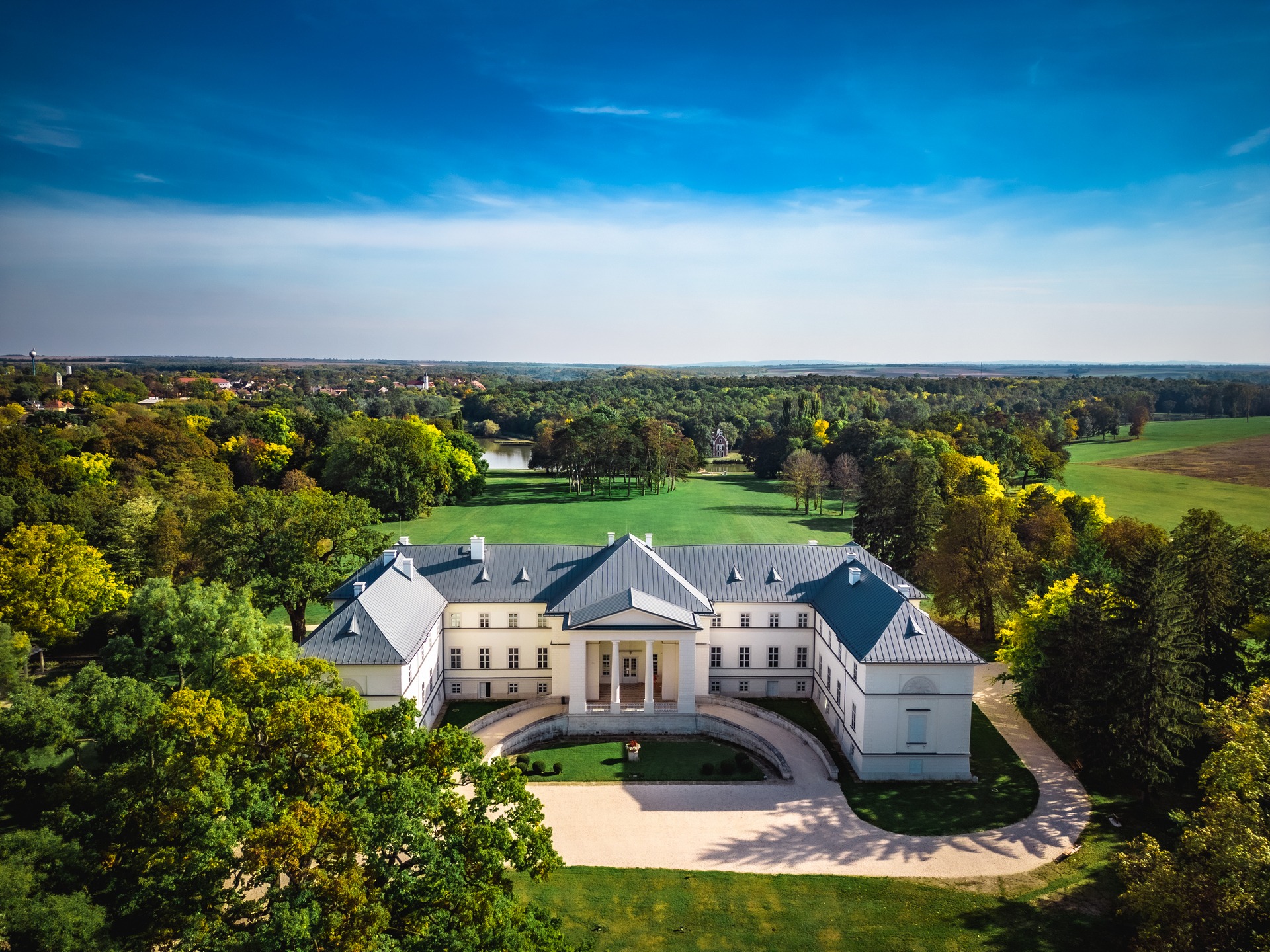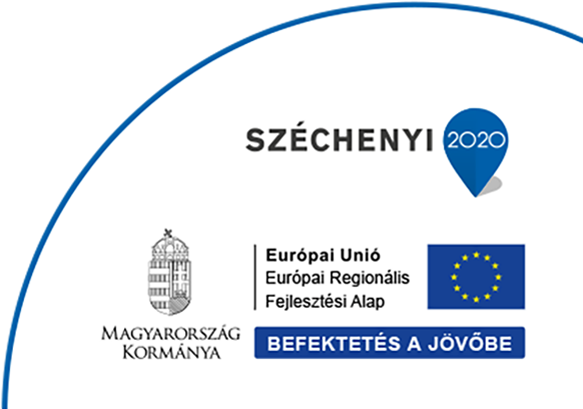Dég Festetics Mansion
During the 18th century, the noble Festetics family rose to become one of the largest landowners in Transdanubia. Kristóf Festetics, who built the palace in Keszthely, had a pivotal role in this ascent; his sons bought the Dég estate from his bequest, which ultimately passed to the younger son, Lajos (1732-1797). From this moment forward, the Festetics family is separated into the principal Keszthely branch and the comital Dég branch; therefore, Lajos Festetics is regarded as the founder of the Dég branch.

Gallery

Cafe Chrysanthème
Dég Festetics Mansion is one of the most significant neoclassical mansion complexes in Hungary. Although much has been written about the history of the mansion and its architecture, few documents regarding the dining etiquette of the Festetics family and the way they entertained the aristocracy at the white table have been preserved.

Gift shop
The museum shop in the renovated Festetics Mansion in Dég sells a variety of books, publications, photographs, postcards, fridge magnets, ceramics, porcelain and textile souvenirs related to the mansion’s exhibitions and collections.

Event space
Dég Festetics Mansion is the earliest neoclassical residence in Hungary. Antal Festetics was the commissioner of construction of both the mansion and the park. Construction began in 1802, and the Festetics family, who were interested in botany, created the largest English park in Hungary. Given that both were created by Mihály Pollack, it is no coincidence that the main building, with its two porticoes, is reminiscent of the National Museum in Budapest.



















